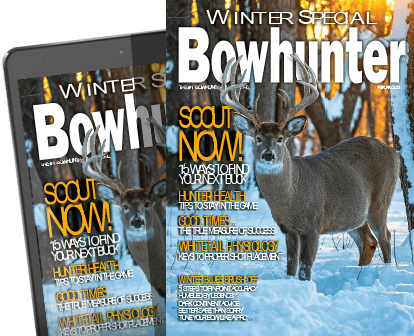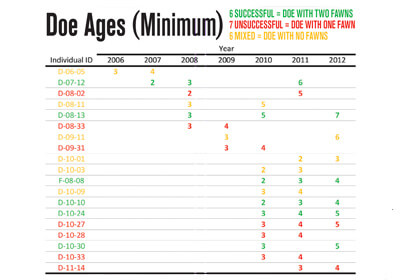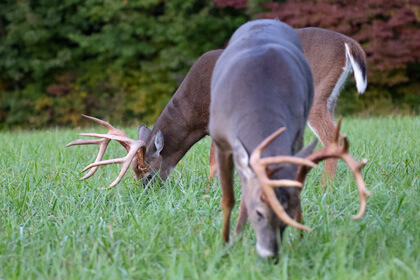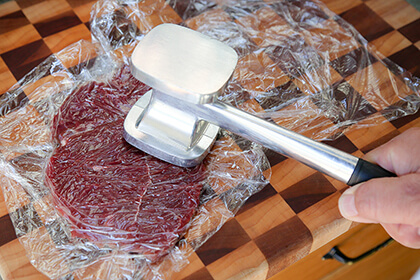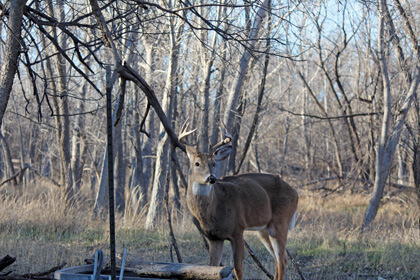Deer Parts You Should & Shouldn’t Eat
Feeding your family throughout the year is arguably the best part of filling your deer tag, but make sure you’re doing it the right way.
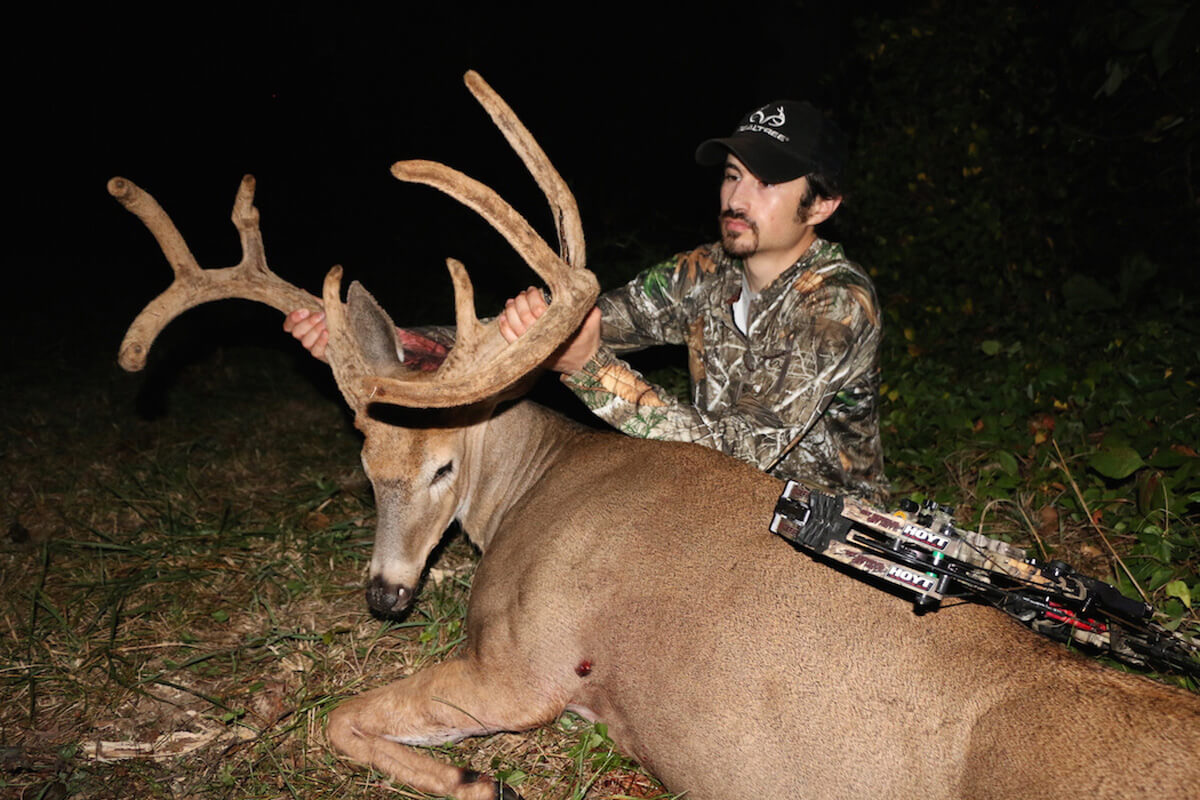
The deer is North America’s most beloved big-game animal. It’s a truly captivating species that many conservationists, hunters, and wildlife viewers alike enjoy. And given that hunters are taken these for their enjoyment and consumption, it’s important to utilize everything you can from that animal. Still, that doesn’t mean you should eat everything — especially certain parts. Let’s dive into what you can, might, and definitely shouldn’t eat.
Edible Portions to Keep
There are numerous cuts of deer meat that hunters can and should enjoy. These are delicious morsels that provide healthy meals. And in most states, wanton waste laws require hunters to remove and use the majority of the edible portions.
Of course, hunters should remove the hams (back legs/hind quarters). Within these, you get round steaks, rump roasts, sirloins, shanks, and more. On shoulders (front legs/front quarters), you get shoulder roasts, shanks, etc. Other cuts of meat to remove include backstraps, tenderloins, flanks, ribs, and neck. Of course, remove all bones, lymph nodes, and other unsafe-for-consumption parts.

There are other parts of the deer some hunters eat, but many do not. These include the heart, tounge, and testicles. These oftentimes land in the gut pile. That said, some hunters retain these parts of the deer and eat them with great satisfaction.
You Definitely Shouldn’t Eat
Some parts of the deer should never be consumed. Some of these are high-risk parts that contain more contaminants than safer, more edible parts of animals. Oftentimes, these parts contain higher parts per million of bacterial, viral, and even protein-based threats, such as chronic wasting disease (CWD).
Bones are on this list. While the exterior of bones carry slightly less risk, the interior poses a great threat. More specifically, the bone marrow. It has a greater chance of contaminants. The spinal cord and the tissues around it also should be avoided. These tend to harbor more pathogens, including CWD.
Moving toward the head, the brains and eyes should never be consumed as well. These too tend to hold more parts per million of unwanted diseases. Avoid even handling these parts.
Lymph nodes are bad as well, which are found throughout the body. Wearing gloves, safely remove these from each cut of meat you keep. Most are in the neck, front quarter, hind quarter, and along the spine. Some are close to internal organs, too. Others are found near joints.
Regarding organs, do not consume the liver. Some hunters do this, but it’s ill-advised. This is ultimately a filtration system, and eating it can channel those things into your body. The spleen is another major organ to never consume, along with other internal organs.
And if I must explain that you shouldn’t eat the antlers, hair, ears, bones, hooves, and other oddball parts on a deer, well, I guess that’s just where we’ve come to in modern America.
Other Parts to Use, But Not Eat
There are numerous parts of the deer that can be used rather than eaten. If you have a use, there’s no reason to toss them. When it’s viable, those who wish to use as much of the deer as possible should consider the following.
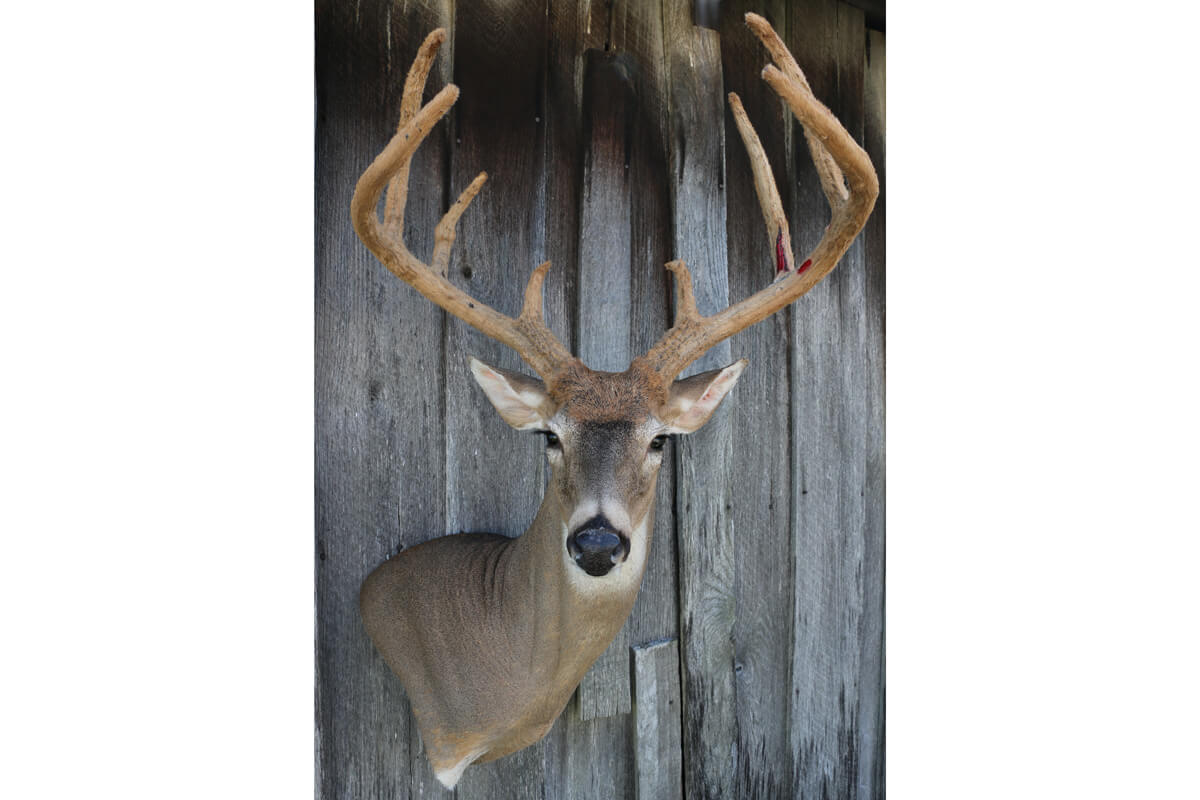
Antlers top this list as a decorative item. Obviously, these are the centerpiece for displaying your harvest. It’s the focal point of any whitetail taxidermy you might have done. These can also be used for chandeliers, bookend pieces, knife handles, tabletop décor, dog treats, and much more.
Skulls are acceptable items for deer mounts and décor, too. Just be sure to remove all brain, eye, and other unwanted tissues. Clean it thoroughly, especially before taking it out of a CWD area or across state lines.
Caul fat is another useful item. This isn’t for eating, but it’s long been a great item for cooking. However, it can be used to wrap meats in while cooking them. It helps hold moisture and even provides a little extra taste. Other fats have various benefits, too.
Glands offer useful hunting purpose and relevance, especially the tarsal gland. While wearing gloves, it can be removed and placed in a secure, air-tight space. Then, when you create a mock scrape, or hunt, hang it up to attract the attention of other deer. Personally, where legal, I prefer to hang these over mock scrapes.
Guts aren’t great for much. But for those who like to hunt coyotes over bait, or who enjoy getting great trail camera photos of predators, this works just fine. However, always dispose of your gut pile properly and in accordance with state and local regulations.
Hides are oftentimes tossed, too. That said, consider using these for deer mounts, throw rugs, clothing material, leather products, and much more. These are incredibly useful for those who like the primitive and pioneer lifestyles.
Hooves have little use. But they are interested items for making ultra-realistic mock scrapes. (Not that deer need to see a track to believe a scrape is real, though.)
Jawbones are commonly used to age deer. These also make good conversation pieces, especially for those who shoot an old deer. Keeping that to go with a deer mount adds another element to your trophy.
Sinews (tendons and ligaments) are perfect for string and rope making. These items are very strong and can be used as a primitive-style tying device. When braided together, these offer even more strength.
Tails making perfect additions to decoys. These add realism, especially on windy days when they can catch some movement. It can make the difference in whether a deer commits to it, or not.
Carcass Disposal
When it’s all said and done, every hunter has deer carcass material left over to dispose of. Today, with the onslaught of CWD and other deer diseases, it’s crucial to dispose of deer carcasses correctly. Never take carcasses and hazardous deer parts outside of CWD zones or across state lines (such as skull cap antlers before transporting the deer.) Never dispose of deer along or near roadways, waterways, and other off-limits areas. Try to dispose of deer on the properties they came from. Always use state-approved disposal sights and methods.
Obviously, there are many parts of the deer you should eat, some that you can eat, and others you should never consume. But most of these have some sort of use case. Remember that when processing deer this season.
Stay Safe
There is always some level of risk when handling and eating meat. Therefore, it’s crucial to follow a proper procedure when handling, preparing, and consuming it. Some, but not all, of the best practices follow:
-
- 1. Use caution while handling meat. Wear gloves, goggles, and an apron while handling or processing meat.
- 2. Process meat immediately upon recovery. Waiting too long leads to spoilage.
- 3. Do not cut or open the internal organs. It can result in contaminated meat.
- 4. Do not process or eat sick deer or spoiled meat. Report and submit these deer for testing.
- 5. Observe venison color. It should be dark red. Other shades indicate spoilage, and is therefore unsafe for handling or consuming.
- 6. A bad smell is another indicator. Toss out smelly meat.
- 7. Loose texture is another thing to monitor. Good meat shouldn’t be loose or falling apart.
- 8. Parasites and other organisms within the meat makes it unfit for consumption.
- 9. Get your meat processed and into the freezer as quickly as possible.
- 10. Have your deer tested for CWD before eating it. Wait until you get the results before consuming any meat. If it tests positive, report it to your state agency, and dispose of the meat as directed by state guidelines.
- 11. Take a class on wild game processing. Learning the details of safely handling, preparing, and consuming deer meat is something all hunters should do.
The author is a freelance outdoor writer from Kentucky.

